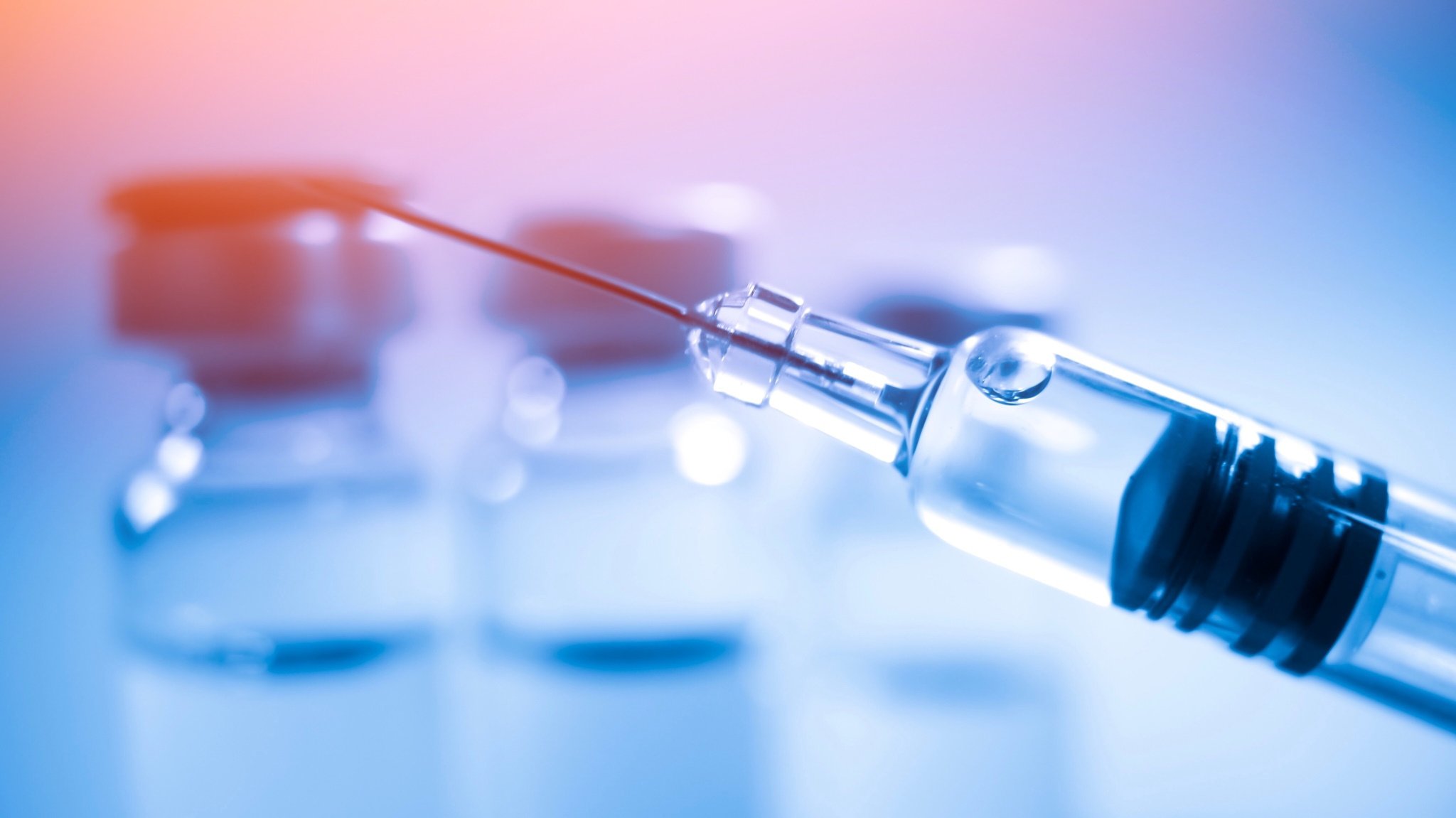Laboratory Syringes: Proper Use and Application Methods
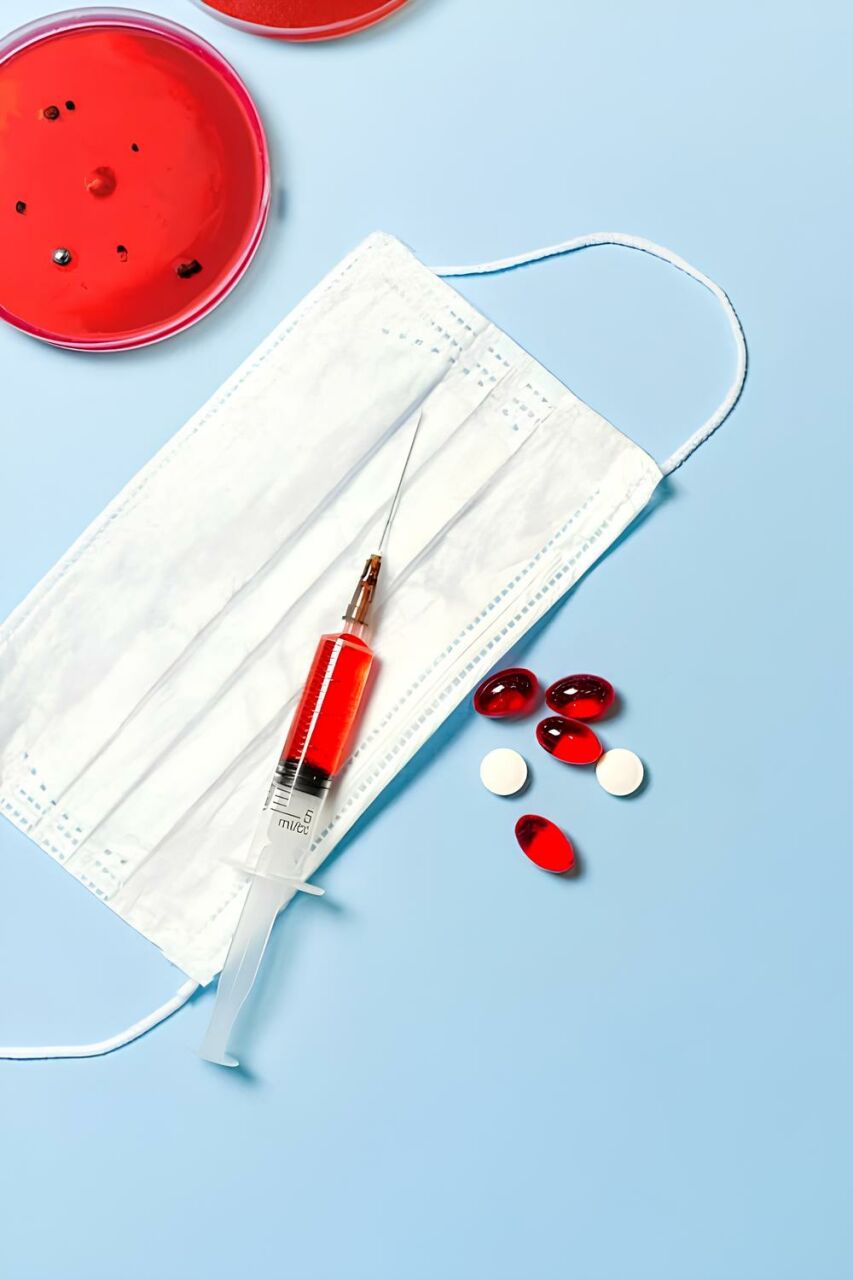
Syringes are pretty standard items that are used daily in the medical industry. Their design is fairly simple, and completely effective for their purpose.
But did you know that this commonplace product has a rich history dating back thousands of years? It had quite the journey to get to where it is today.
A syringe is a simple pump consisting of a plunger that fits tightly into a cylindrical tube. The plunger can be pulled and pushed along inside the tube, allowing the syringe to pull in or push out a liquid or gas through the opening at the end of the tube. That open end may also be fitted with a hypodermic needle, a nozzle, or tubing to help direct the flow into and out of the tube. 
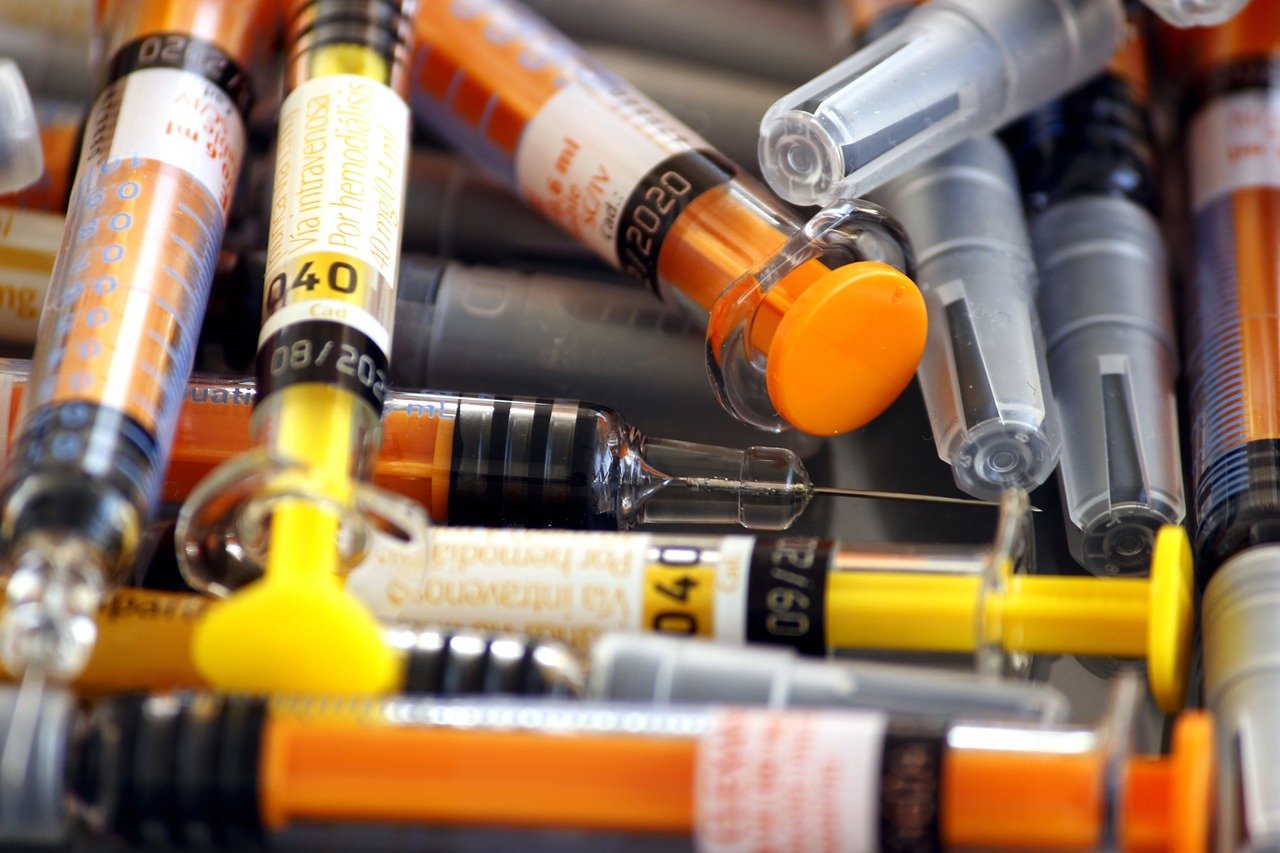
The word “syringe” is derived from the Greek word Syrinx, meaning “tube”.
The first syringes were used in Roman times during the 1st century AD. Then, in the 9th century AD, an Egyptian surgeon designed a syringe using a hollow glass tube and suction. In 1650 Blaise Pascal created a syringe as an application of fluid mechanics that is now called Pascal’s law.
In 1853 Charles Pravaz and Alexander Wood developed a medical hypodermic syringe with a needle fine enough to pierce the skin. Alexander Wood experimented with injected morphine to treat nerve conditions. He and his wife subsequently became addicted to morphine and his wife is recorded as the first woman to die of an injected drug overdose.
On February 12, 1896 Letitia Mumford Geer, a native New Yorker, filed for a patent for a new design for the medical syringe. The patent for the one-handed syringe design was granted in 1899.
So, the colourful history of the hypodermic needle has plenty of big players who have made it what it is today.
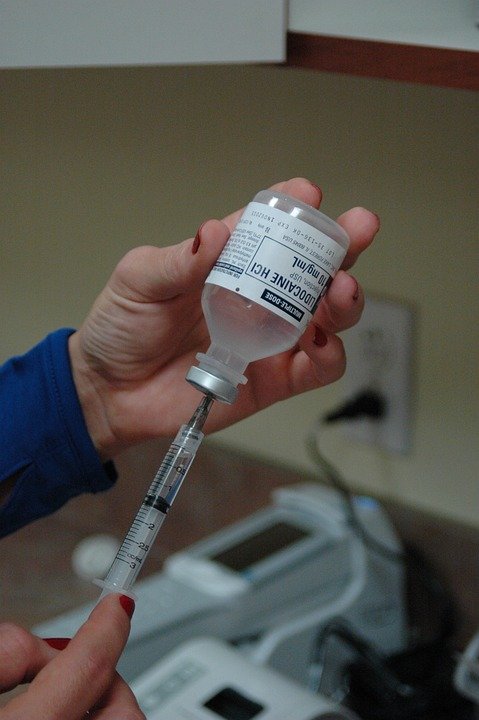
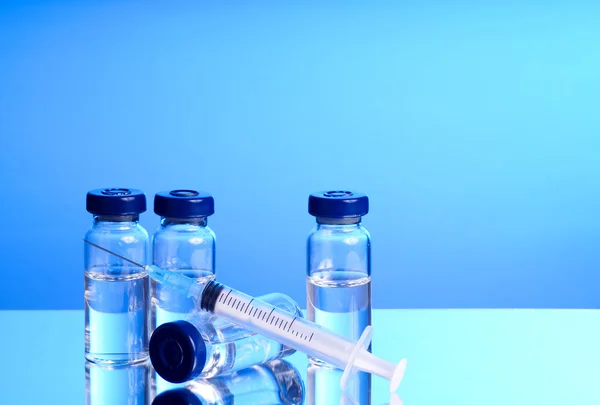
What are Syringe Filters? In Which Fields Are They Used?
Syringe filters are disposable, membrane-based products used in various pharmaceutical, environmental, biotechnology, food, beverage, and agricultural industries. They are utilized for removing particle impurities from liquid and gas samples prior to analysis using methods such as HPLC, ion chromatography, gas chromatography, ICP, and dissolution testing. They can be used for filtering suspended substances from liquid samples or gases.
In HPLC analysis, column packing is often blocked by small sample impurities, which can affect the application process and results. Syringe filters come into play here, as they help remove particulate contaminants and become an integral part of the sample preparation process. These syringe filters also feature rigid structures and large surface areas with small holding capacities and low resistance, maintaining high flow even when working with challenging samples.
Overall, syringe filters, designed to pre-filter samples and solvents, play a vital role in eliminating complex and time-consuming sample preparation tasks, including particle removal, liquid and gas bactericidal filtration, clarification, and more.
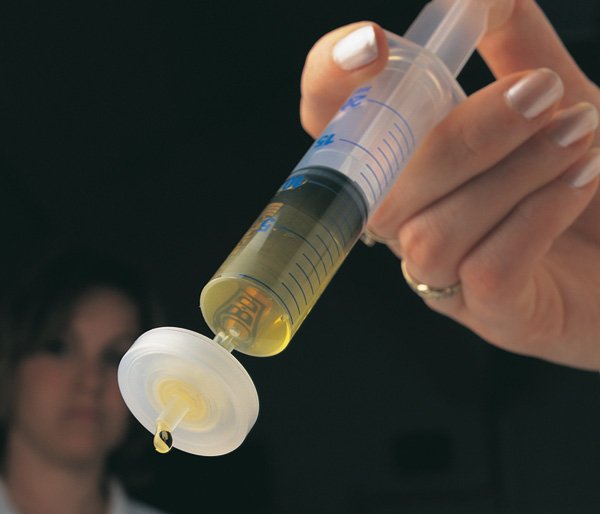

If you would like to explore all our products, please visit our website.

